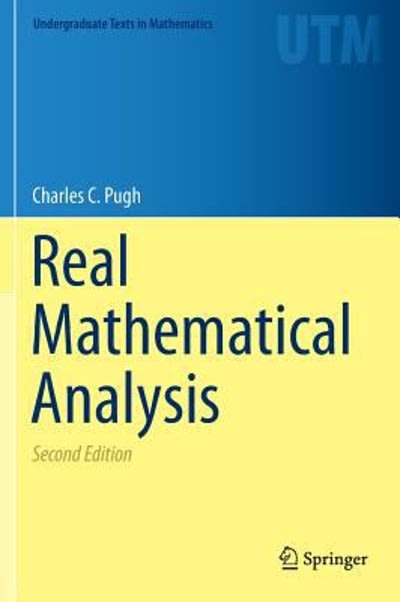
Consider the following production function: Y = F (K, L) = Km L\"2 1. Convert the above production function to its "per worker" form. (You will use this production function for all of the following questions.) Case 1: Model with no Population growth and no Improvements in Technology Transition to Steady State: You are given the following information about the economy represented by the above production function: 5 = 0.3, 3 = 0.1. In year I, the capital stock per worker is k = 4 2. For year I, calculate the following: output per worker, y; consumption per worker, c; investment per worker, i; depreciation per worker; and the change in k. 3. Will this economy grow between year 1 and year 2'? Explain why or why not? 4. For year 2, calculate the following: output per worker, y; consumption per worker, c; investment per worker, i; depreciation per worker; and the change in k. 5. Will this economy grow between year 2 and year 3'? Explain why or why not? 6. Draw the graph for the Solow model and represent year 1 and year 2 on it. Note: To practice, you can do above calculations for Year 3 and Year 4. It will help you understand how the economy transitions to the steady state. Steady State: 7. Solve for the steady state capital stock per worker. Then represent it on the graph above. 8. In the steady state what are the values for the following: output per worker, y "; consumption per worker, c\"; investment per worker, i\"; depreciation per worker; and the change in k. 9. Does the economy grow after it has reached its steady state? Explain. Changes in the Steady State: 10. The production function and the depreciation rate stay the same as before, however the economy now saves at a higher rate, 3 = 0.4, calculate the NEW steady state capital stock per worker. 11. Draw the graph with the original {with 5 =03} and new (with s =04) equilibrium. 12. Explain how the economy transitions from the old to the new equilibrium. Golden Rule: Assume that saving rate is s = 0.3, 3 = 0.1. and y = (my: 13. Calculate the MPK for this economy. 14. Calculate the golden rule capital stock, 16g,\" 15. What is the optimal saving rate needed to achieve the golden rule capital stock, k* a? li.g Graph the golden rule capital stock. 1?. Calculate the level of consumption per worker at the golden rule level of capital stock. Compare it to c\" in question 8








